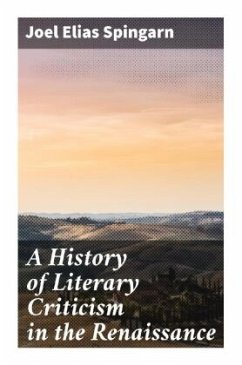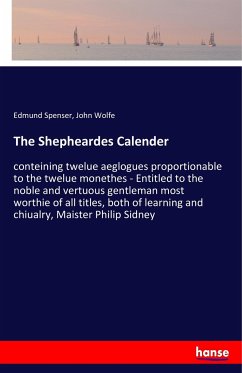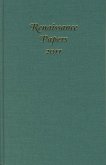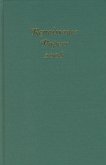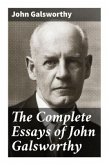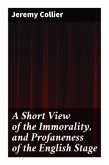In "A History of Literary Criticism in the Renaissance," Joel Elias Spingarn delves into the vibrant tapestry of literary thought that emerged during the Renaissance, a period often regarded as the bridge between medieval scholasticism and modern literary theory. Spingarn meticulously explores the evolution of critical paradigms, highlighting seminal figures such as Sir Philip Sidney and Francesco Petrarch, while employing an analytical lens that incorporates both historical context and literary aesthetics. His eloquent prose marries scholarly rigor with accessibility, making this work not only informative but also engaging for those invested in the dynamic interplay of literature and criticism. Spingarn's scholarly journey, rooted in his deep appreciation for both classical and contemporary texts, has shaped his perspective on literary evaluation. Educated at Columbia University, he was influenced by the intellectual currents of his time, which encouraged a reevaluation of traditional literary frameworks. His commitment to understanding the Renaissance ethos prompted him to investigate how emerging critical theories reflected broader cultural shifts, from humanism to metaphysical inquiry. This book is essential for scholars, students, and any literature enthusiast eager to understand the foundations of literary criticism and its implications for contemporary discourse. Spingarn's nuanced examination not only enhances our comprehension of Renaissance literature but also invites readers to reflect on the enduring legacy of critical thought in shaping literary traditions.
Bitte wählen Sie Ihr Anliegen aus.
Rechnungen
Retourenschein anfordern
Bestellstatus
Storno

